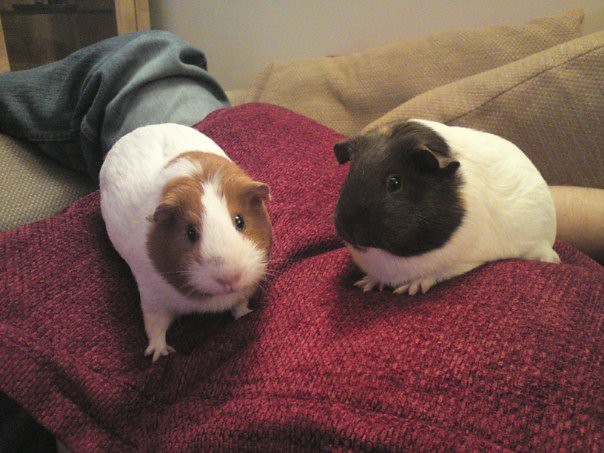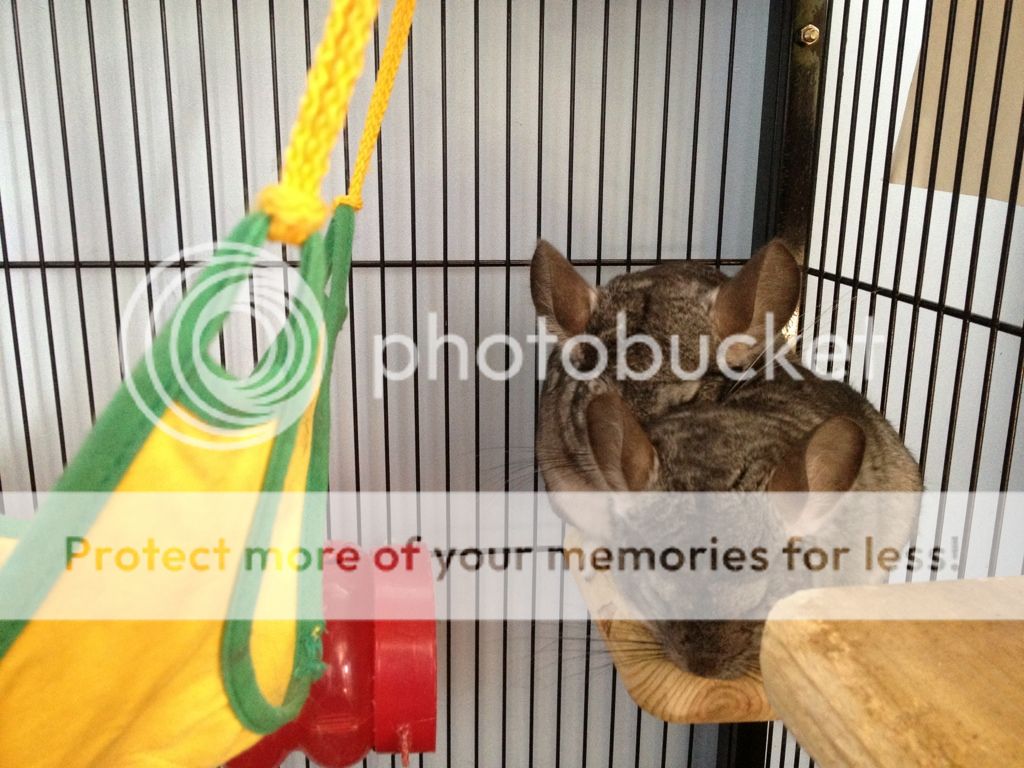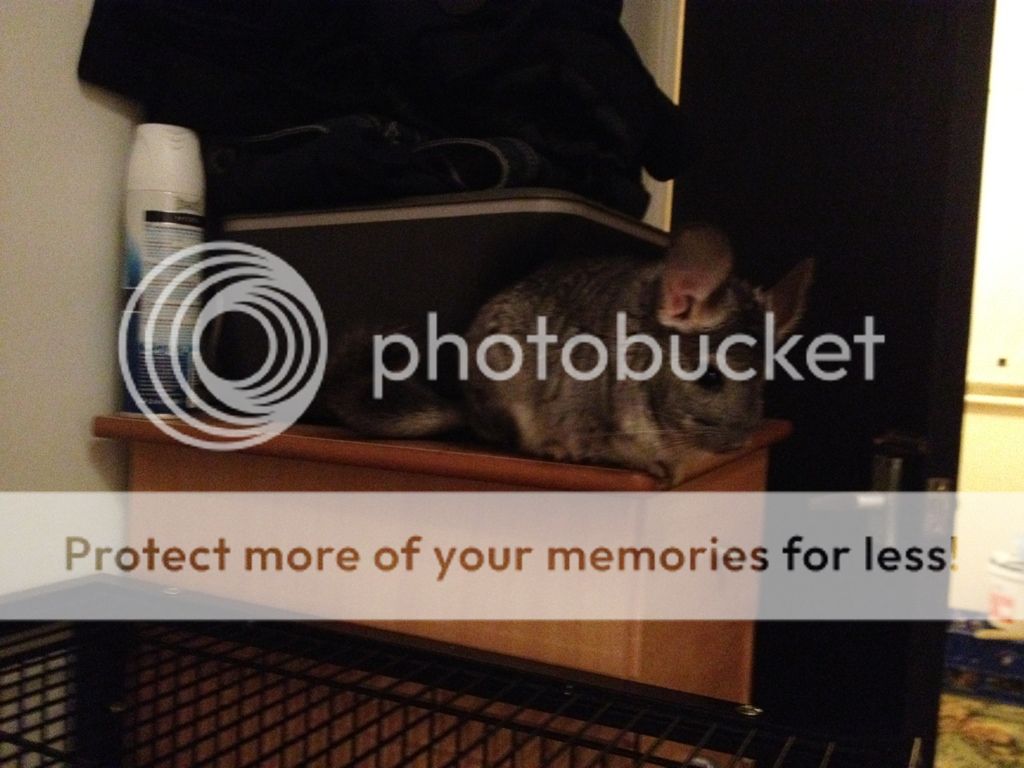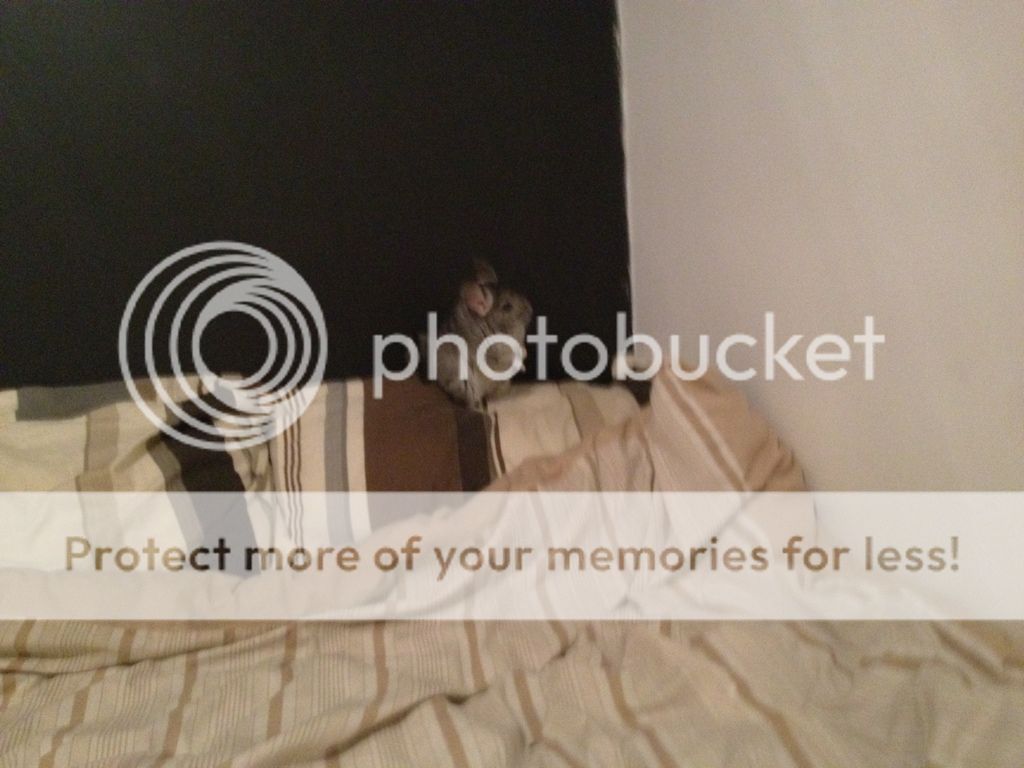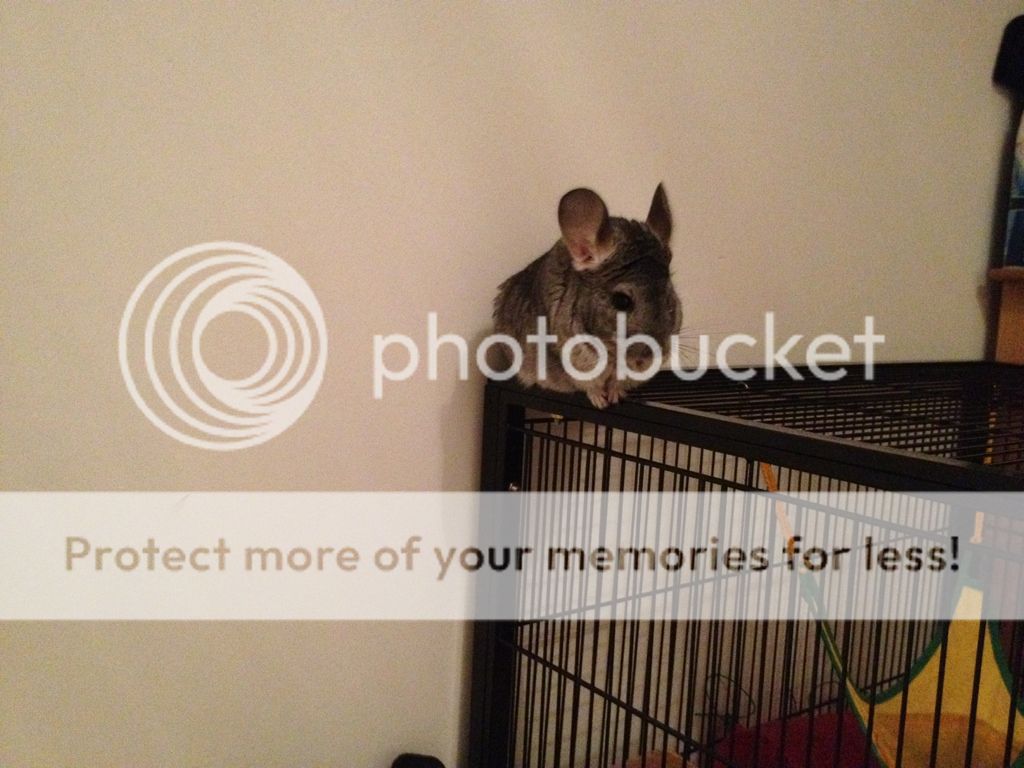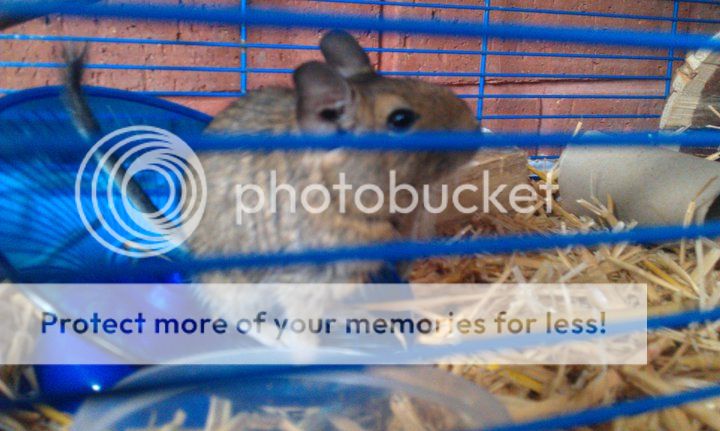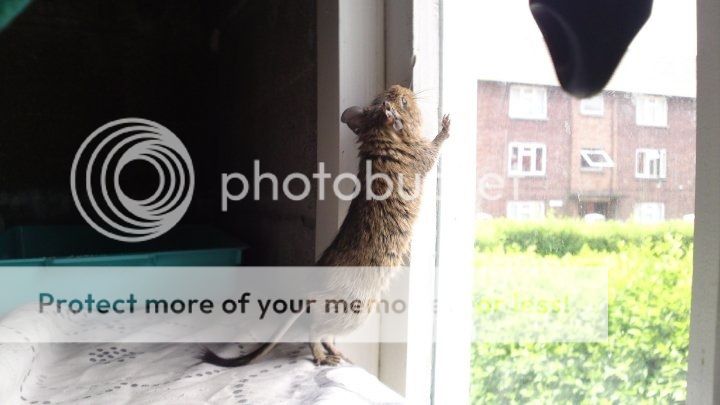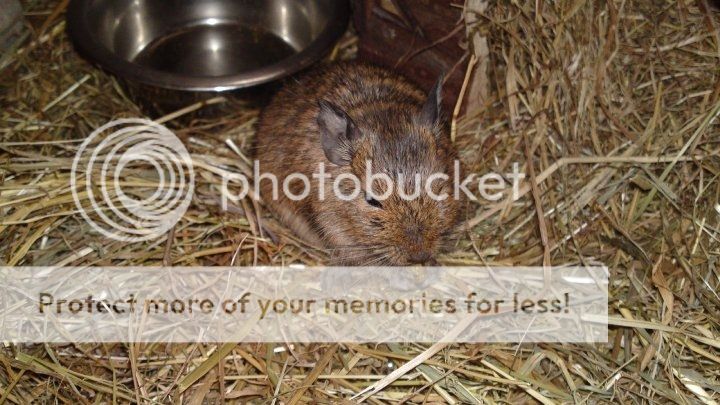Yes, for breeding stock you're definitely right! It would be like crossing black and blue Dobermans.
One interesting thing about genetics, which is especially relevant to dilution, is the presence of what are called 'poly genes'. These 'stack' up to modify the colour; usually to make it deeper and richer. Crossing breeds/strains that have many poly genes modifying the colour reduces them and that's what causes the poor colouring in them.
Oddly enough the Belgian Hare (I saw one on 'Animal Hospital' once and everyone on there, including the vet, thought it was an actual hare #63### ) is a perfect example of the effect of poly genes, as they're genetically a 'yellow' rabbit, like a yellow Dutch! It's only the masses of poly genes that have been built up over years of selective breeding that make them that gorgeous mahogany colour. One day I'll have a hutch big enough for Belgian Hares...
) is a perfect example of the effect of poly genes, as they're genetically a 'yellow' rabbit, like a yellow Dutch! It's only the masses of poly genes that have been built up over years of selective breeding that make them that gorgeous mahogany colour. One day I'll have a hutch big enough for Belgian Hares...
One interesting thing about genetics, which is especially relevant to dilution, is the presence of what are called 'poly genes'. These 'stack' up to modify the colour; usually to make it deeper and richer. Crossing breeds/strains that have many poly genes modifying the colour reduces them and that's what causes the poor colouring in them.
Oddly enough the Belgian Hare (I saw one on 'Animal Hospital' once and everyone on there, including the vet, thought it was an actual hare #63###


 .
. 









